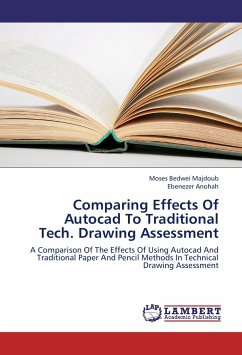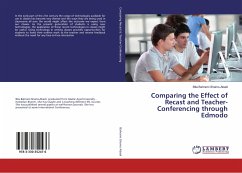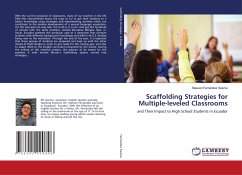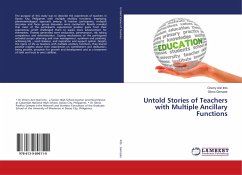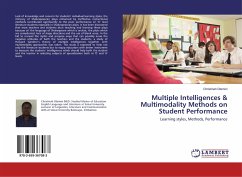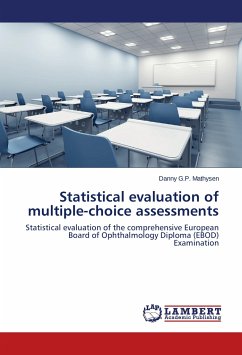When designing multiple examples for learning, it is still unclear regarding how similar or different the examples should be. This study investigates how variation theory can be used in designing multiple examples for elementary students to learn the mathematical concept altitude of a triangle. The study has three major findings. First, the discernment of the critical aspects should be the focus in example design. Second, patterns of variation and invariance according to variation theory provided a systematic effective method for determining the similarity or difference among examples. Third, students with different levels of prior knowledge perceived different aspects as critical for their learning, and thus benefited differently from the identical instruction. The study concludes that in order for students to develop a complete understanding of the knowledge, they should have an opportunity to separately discern all critical aspects before experiencing simultaneous variation ofthese aspects. In addition, instruction should be tailored to individual students critical aspects for learning.


